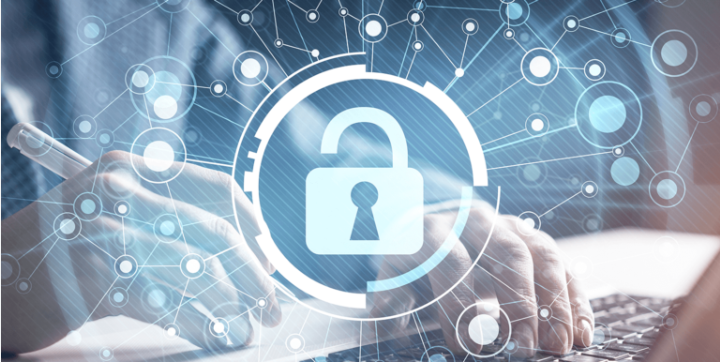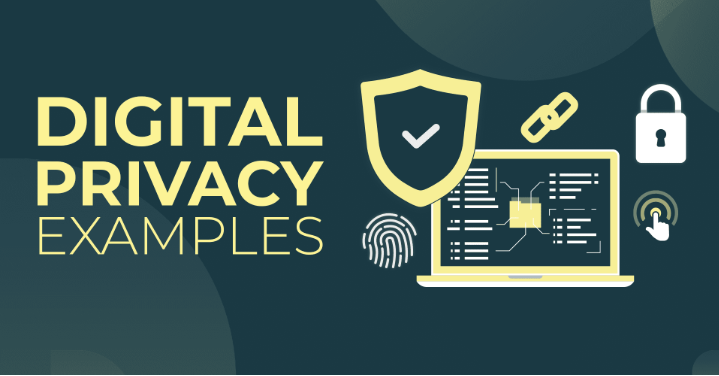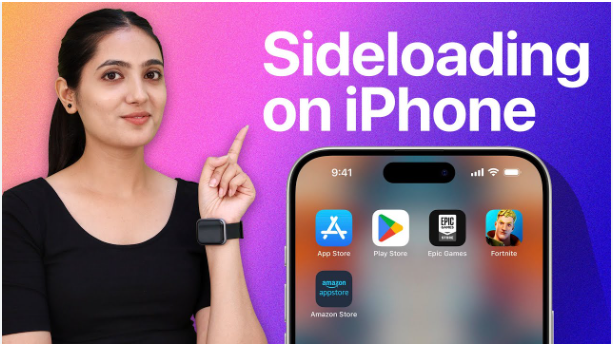In a time where information travels faster than ever and visuals dominate communication, the concept of digital privacy PNG has emerged as a key point of focus. PNG files, known for their high-quality, transparent image format, are often used in branding, education, and social media. But what happens when personal or sensitive data is embedded within these images? That’s where digital privacy comes into the spotlight.
Digital privacy PNG isn’t just about hiding passwords or encrypting emails—it’s about protecting the data you share, intentionally or unintentionally, through visual media. With every image uploaded, especially in PNG format, there’s a risk of sharing metadata, personal information, or even location tags that can be exploited.
Table of Contents
Toggle🖼 What Is a PNG File?
PNG stands for Portable Network Graphics, a widely used image format prized for its high quality and support for transparent backgrounds. Unlike JPEGs, PNGs use lossless compression, meaning no data is lost during saving.
Due to its clarity and transparency, PNG is often used for:
- Logos and icons
- Social media visuals
- Tutorials and infographics
- App screenshots
- Website elements
But even seemingly harmless images can carry hidden data—raising the need for digital privacy PNG practices.
🕵️ Why Digital Privacy PNG Matters

Many people don’t realize that image files can contain EXIF metadata—extra information that can include:
- Device model used to take a screenshot
- Time and date
- GPS location
- App name or creator’s details
While this might seem innocent, cybercriminals can collect this metadata for malicious purposes like tracking, impersonation, or phishing. Moreover, once an image is uploaded on public platforms, it’s hard to regain control over its distribution.
🔐 Common Risks Related to Digital Privacy PNG
- Accidental Data Sharing
A screenshot of a document or app might expose usernames, email addresses, or sensitive internal tools. - Reverse Image Searches
PNGs used across platforms can be reverse-searched, revealing your activity, accounts, or identity. - Hidden Metadata
Users often forget to strip metadata from PNGs, unknowingly leaking details like device info and timestamps. - Third-Party Misuse
Once an image is shared publicly, it can be reused without permission or taken out of context.
✅ How to Protect Your Digital Privacy When Using PNGs
- Remove Metadata: Use tools like Photoshop, GIMP, or online image scrubbers to remove EXIF data.
- Crop or Blur Sensitive Areas: Before uploading, crop out or blur usernames, emails, or any visible sensitive info.
- Watermark Your Work: Prevent misuse of your visuals by adding subtle branding or watermarks.
- Avoid Geo-Tagging: Turn off location services when capturing or creating images.
- Use Encrypted Platforms: Share sensitive visuals only through platforms that offer end-to-end encryption.
Read also:-How to Use Split Screen in Android: Boost Productivity in 3 Easy Steps

🧠 LSI Keywords Used
- privacy in image sharing
- remove metadata from PNG
- secure image formats
- cyber safety for content creators
- visual data protection
- image privacy tools
- secure PNG editing
❓ Frequently Asked Questions (FAQ)
Q1: Can a PNG file contain personal data?
Yes, through metadata or what’s visibly shown in the image (e.g., account info, private messages).
Q2: How do I remove metadata from a PNG?
Use editing software like Photoshop or online tools that strip metadata before saving.
Q3: Are PNG files safer than JPEGs?
Not necessarily. Both can carry metadata, but PNGs offer better quality and are used differently.
Q4: Should I avoid sharing PNGs online?
No, just be cautious. Remove any sensitive info and metadata before sharing.
Q5: Can someone trace me through a PNG?
If the image contains location metadata or unique identifiers, yes. Always clean files before uploading.
📝 Meta Description (150 Characters)
Digital privacy PNG is crucial in today’s visual world—learn how to protect sensitive info hidden in image files and avoid metadata leaks and tracking risks.(digital privacy PNG)
🧾 Final Thoughts
The digital world is becoming increasingly visual, and with that shift comes new privacy challenges. Digital privacy PNG is about more than just protecting logos or screenshots—it’s about safeguarding your digital identity. Whether you’re a designer, blogger, student, or business owner, understanding the risks of image sharing and how to manage them is vital.
From stripping metadata to blurring out sensitive data, small actions can have big impacts. Don’t let a simple PNG be the reason your privacy is compromised. Take control of your visuals and stay secure in every image you share.







